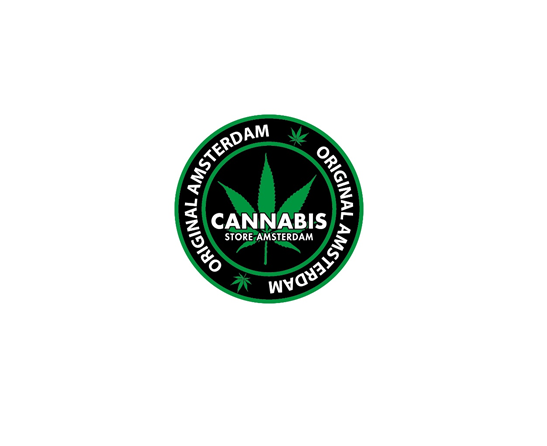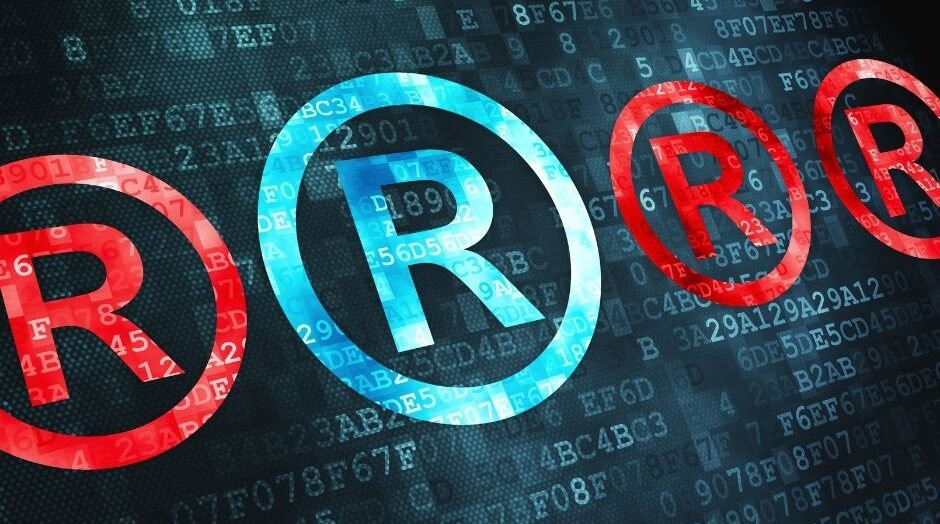A trademark cannot contain the symbol of cannabis. Such was the decision of the General Court of the European Union issued on 16 December 2019, which we broadly commented in one of our previous IP Blog articles.
To begin with, for a clear understanding of the subject of discussion, let us refer to the European Union trademark application no. EUTM-016176968 having the following representation:

The above referenced EUTM trademark application was rejected by the European Union Intellectual Property Office (EUIPO), and the decision on its rejection was subsequently upheld by the Chambers of Appeal and the General Court of the European Union.
In my opinion, after making a detailed analysis of the above decision, one cannot prevent oneself from commenting the practice of EUIPO. As I have observed, the above decision is an example of incoherence of judicial decisions and it is a proof of inconsistency in the law of the European Union in the scope of examination of the grounds of registrability of the European Union trademarks.
The above decision unintentionally deals with the issue of subjectivity of assessment of absolute grounds for trademark registrability, where much depends on the perception of an EUIPO examiner assessing a particular case. EUIPO – as a European Union authority – should demonstrate a uniform doctrine upon specific issues, which in turn should be reflected in a consistent line of decisions.
However, in practice it is not so obvious, as EUIPO is composed of a variety of examiners form all member states, who – when examining a trademark – have their own understanding of the relevant regulations and own experience, as a result of which – even if the examination is carried out with due diligence – they are subconsciously inclined towards making a certain kind of assessment. This subjectivity plays an essential role in the process of trademark examination, as where one examiner may raise objections as to trademark registrability and reject the application, another one may allow it to go to publication. If the EUIPO examiner raises some objections as to trademark registrability, the burden of proof that the applied mark is registrable on absolute grounds rests upon the applicant. The mark may proceed to registration, if the applicant’s argumentation is found by the examiner to be convincing.
Controversial is also the fact that EUIPO admitted to registration another mark of the same applicant- Ms. Santa Conte, namely the trademark no. EUTM-017886292, which is presented below:

The above trademark was granted the right of protection on 21 December 2019 (so shortly after issuing the decision by the Court), and the protection certificate for this trademark in class 35 (for “business assistance services, business management and administration services”) was issued on 6 January 2020.
So how does it happen that from the point of view of EUIPO the trademark no. 017886292 is not contrary to public order, while a similar trademark no. 016176968 already is?
One can find many more examples of trademarks containing the image of cannabis, or the word designations ‘CANNABIS’ or ‘MARIJUANA’. For example, why the trademarks presented below are not contrary to public order from EUIPO’s perspective?
 |
 |
|
No. 009784737 Classes: 32, 33, 35 Date of registration: 15.09.2011 |
No. 018088169
Class: 3 Date of registration: 23.11.2019 |
 |
 |
|
No. 011347325 Classes: 16, 28, 41 Date of registration: 19.04.2013 |
No. 017947092 Classes: 3 Date of registration: 20.12.2018 |
 |
 |
|
No. 017948093 Classes: 1, 2, 3, 5, 31, 32, 33, 34 Date of registration: 09.01.2019 |
No. 018085800 Classes: 9, 16, 38, 41, 42, 44 Date of registration: 23.01.2020 |
|
Well’s Wild Cannabis |
 |
| No. 018124087
Classes: 3 Date of registration: 21.02.2020 |
No. 018152086 Classes: 3, 5, 35 Date of registration: 10.03.2020 |
All the above presented trademarks are protected by valid protection rights.
What is also essential to note, some of the above presented marks were registered already after the issuance of the aforesaid decision of the General Court.
In my opinion, the above proves the inconsistency and the lack of uniformity of the European Union law and its application by the EU authorities. The above examples also demonstrate that it is an open question whether EUIPO puts to practice the decisions of the General Court, and so open are the questions concerning the issue of rightness and social justice. How is it possible that one undertaking can obtain the protection right for a trademark containing the representation of cannabis leaves, while the other one is denied this right? These considerations lead to the conclusion that the current shape of the institution of the European Union trademark is inconsistent in terms of a system.
As a result of this, on many occasions it may be difficult to respond explicitly to the client’s inquiry about the chances of obtaining registration. However, a professional representative is still able to conduct full trademark availability search in order to assess whether the mark is suitable for registration – namely, whether it is registrable on absolute grounds and it does not infringe any earlier rights of third parties.

Nina Zabielska (Jankowska) is a patent attorney in Trademark and Industrial Design Department at Patpol.. She is a graduate of e-business at the Warsaw School of Economics and a graduate of law at the Kozminski University. Contact with the author













